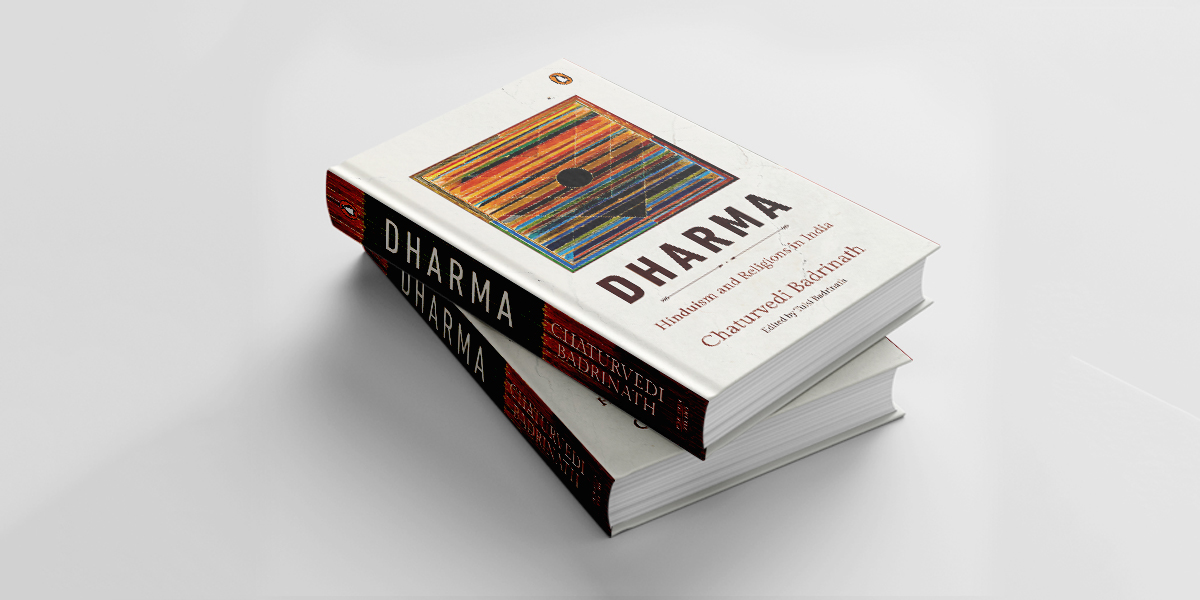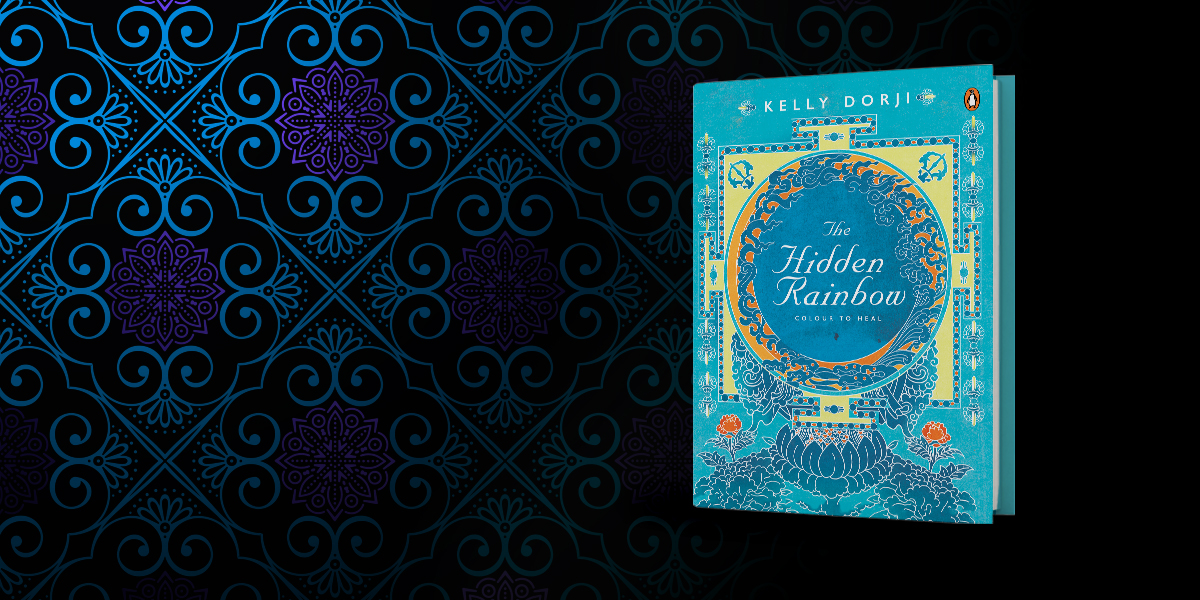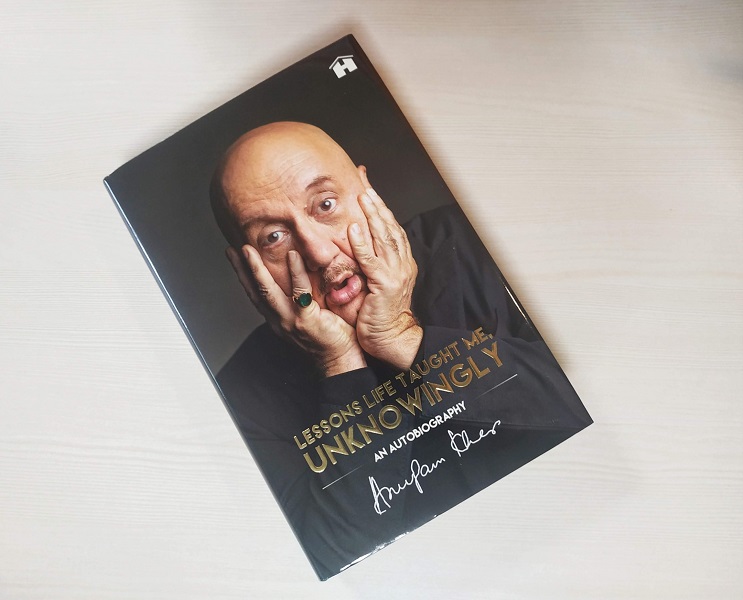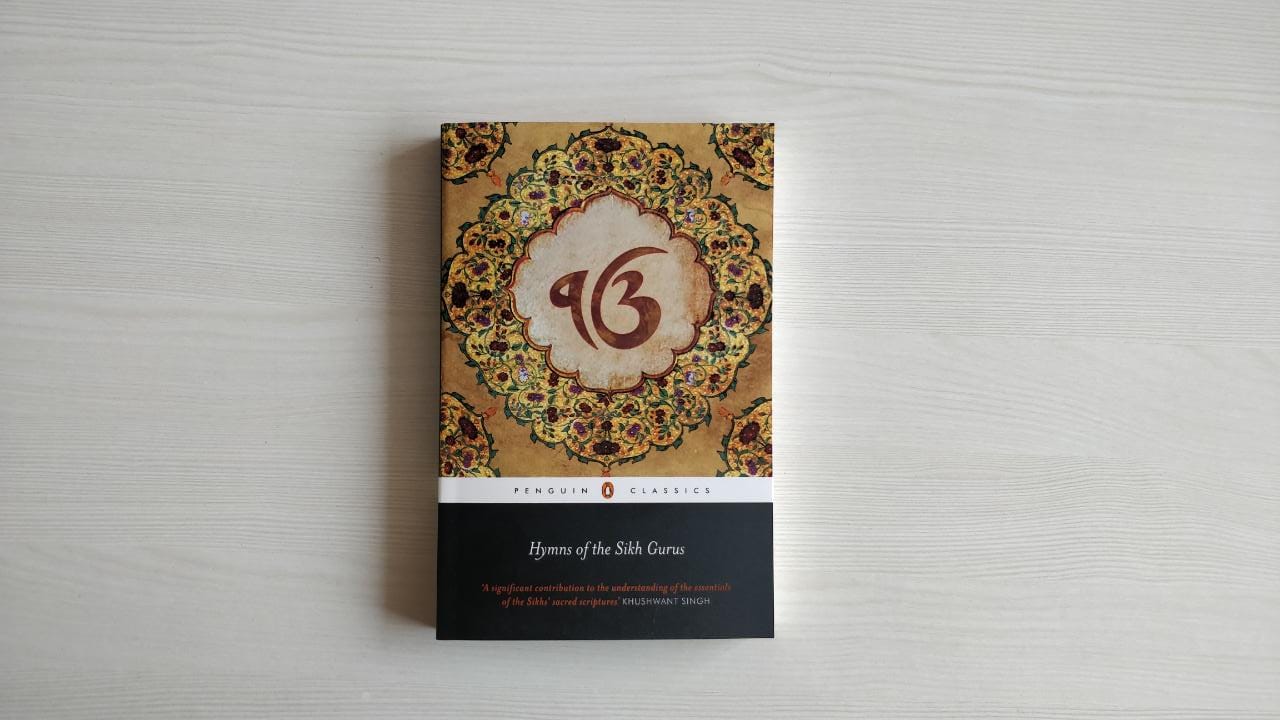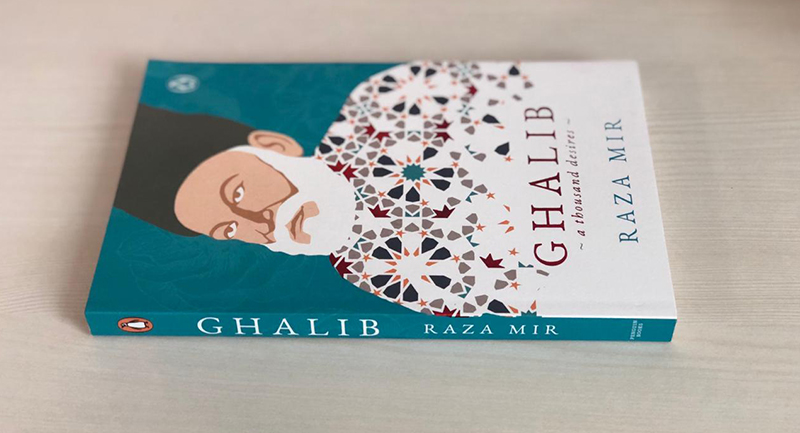Shehnaz was a beautiful, erudite woman from the royal family of Bhopal. She was almost cast to play Anarkali in K. Asif’s Mughal-e-Azam!
Her daughter Sophia Naz tells her story as she heard it from her. As a child, the author accompanied her mother every year to Mumbai, where she would try to find some trace of her children in vain. When Shehnaz passed away, it was with her older daughter’s name on her lips.
With a life full of royalty, glamour, heartbreak and survival – we take a deeper look at Shehnaz’s story in a glimpse from the book:
At a very tender age, Fatima stood in front of a stunned gathering and proclaimed that from then on she would be known by the name of Shehnaz-Pride of Kings. As she started to grow older, her penchant for pranks and pocketing delicious treats had not disappeared completely, however, they had been largely supplanted by a burning curiosity about beyond the boundaries of Nawab Manzil and Bara Mahal.
A few months into her lessons, Maulvi Asghar realized that Shehnaz had an aptitude for Urdu poetry well beyond her years. He began by teaching her poetry written for children by the likes of Ismail Merathi, then quickly progressed to the famous riddle verses of Amir Khusro and the mystical couplets of Kabir followed by the classical poets Ghalib, Mir Taqi Mir, Daagh Dehlavi, Sauda, Jurat, Insha and Zauq. Finally, in a nod to an unusual phenomenon that was unique to the literary culture of Bhopal, he taught Shehnaz verses written by Shehzad Masih, the Bourbon who wrote under the nom de plume Fitrat, as well as the poet of Portuguese origin known as Hakim Ilyas Da Silva.
Despite being thrust into an environment that was a stark contrast to the indolent and bucolic neighbourhood of Shahjahanabad in Bhopal where she had grown up, Shehnaz excelled in her studies at the convent, so much so that despite joining the school late and being quite a bit older than her fellow pupils, she quickly earned her promotions and within two years was promoted to a class appropriate for her age.
From the very first moment that they were torn away from their mother, Shehnaz’s children were led to believe that she had abandoned them. In addition to the torture of separation that she was forced to undergo, her children were brainwashed to repudiate their mother completely.
Shehnaz’s heart had been broken in her youth. In the last two decades of her life, this heartbreak took on a literal meaning as she began to suffer a series of heart attacks that grew ever more serious in nature.
On 5 October 2012, before she could complete her eighty-first year, Shehnaz suffered a massive heart attack from which she never recovered. None of her children were with her at the time of her death.
Sophia Naz’s Shehnaz is a story of a life that is worth knowing and understanding. Meet Shehnaz now.









